Jeep Cherokee XJ vs. Modern 4x4s: A Legacy of Off-Road Excellence
The Jeep Cherokee XJ, a true icon in the world of off-road vehicles, has long been celebrated for its simplicity, durability, and exceptional off-road capabilities. Despite being over two decades old, the XJ continues to hold its ground against modern 4×4 trucks with advanced technology and massive power. Let’s dive into a detailed comparison of the Jeep Cherokee XJ and its modern counterparts, such as the Ford F-150 Raptor, Ram 1500 Rebel, and Toyota Tundra TRD Pro, focusing on power-to-weight ratio, off-road capability, durability, cost efficiency, and cultural legacy.
Technical Comparison
Classic Jeep Cherokee XJ 4.0
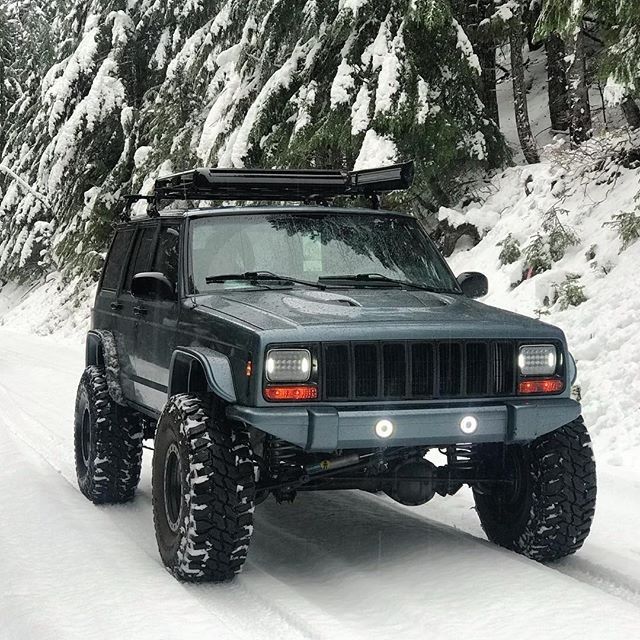
- Engine: 4.0L Inline-6
- Horsepower: 178 HP at 4,400 rpm
- Torque: 222 lb-ft (301 Nm) at 3,000 rpm
- Weight: 3,384 lbs (1,535 kg)
- Power-to-Weight Ratio: 18.8 lbs/HP (8.6 kg/HP)
- Top Speed: 112 mph (180 km/h)
- 0-60 mph (0-100 km/h): 10.1 seconds
- Fuel Consumption (Combined): 17 MPG (14 L/100 km)
- Current Market Value: $12,500–$15,000
Ford F-150 Raptor
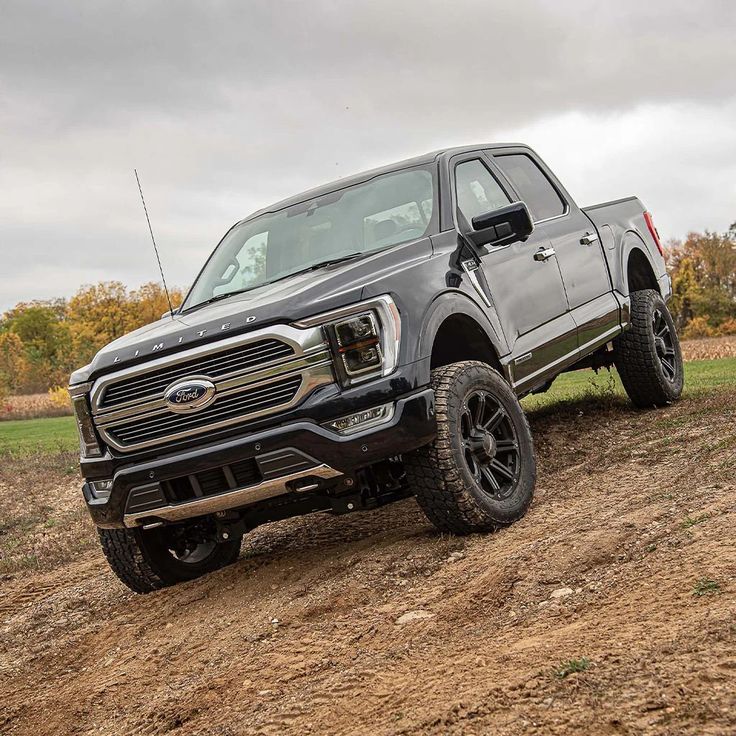
- Engine: 3.5L Twin-Turbo V6
- Horsepower: 450 HP
- Torque: 510 lb-ft (691 Nm)
- Weight: 5,700 lbs (2,585 kg)
- Power-to-Weight Ratio: 12.7 lbs/HP (5.7 kg/HP)
- Top Speed: 118 mph (190 km/h)
- 0-60 mph (0-100 km/h): ~5.2 seconds
- Fuel Consumption (Combined): 15.7 MPG (14.7 L/100 km)
- Starting MSRP: $78,440
Ford F-150 Raptor R
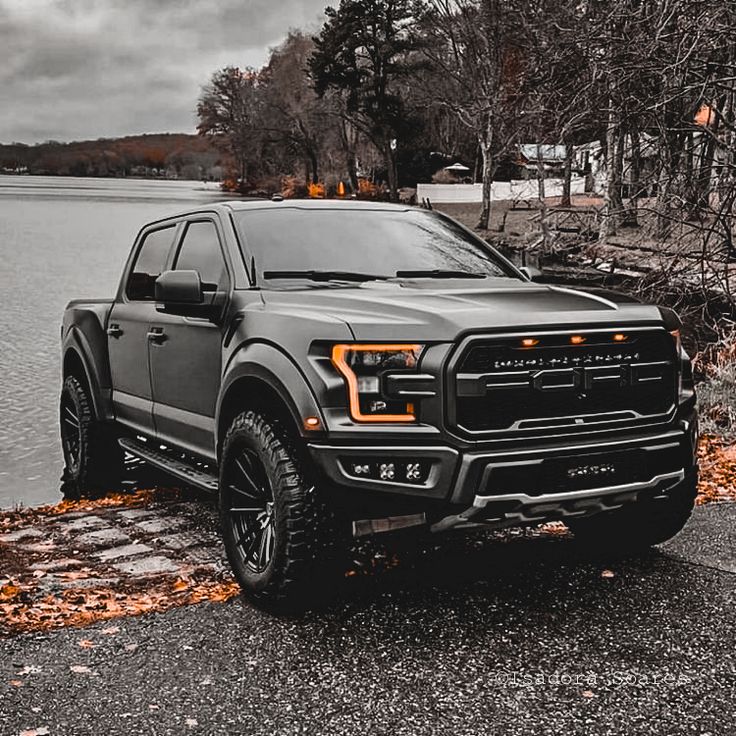
- Engine: 5.2L Supercharged V8
- Horsepower: 700 HP
- Torque: 640 lb-ft (868 Nm)
- Weight: 5,952 lbs (2,700 kg)
- Power-to-Weight Ratio: 8.5 lbs/HP (3.9 kg/HP)
- Top Speed: 112 mph (180 km/h)
- 0-60 mph (0-100 km/h): ~4.5 seconds
- Fuel Consumption (Combined): 14.7 MPG (16 L/100 km)
- Starting MSRP: $112,825
Ram 1500 Rebel
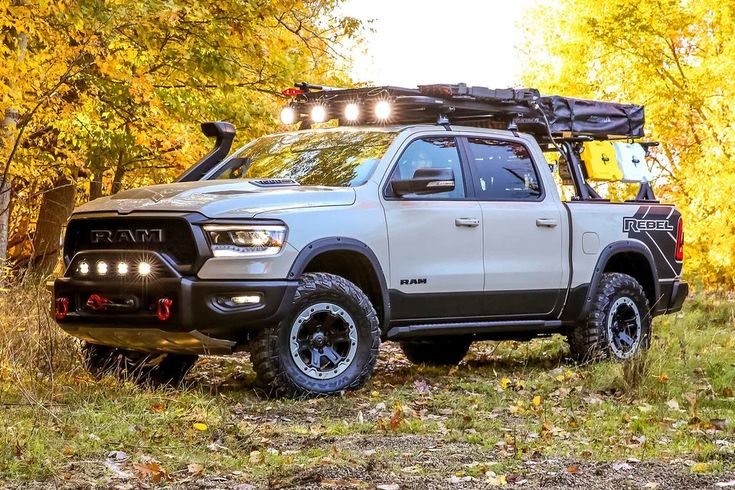
- Engine: 3.0L Turbocharged Inline-6
- Horsepower: 420 HP
- Torque: 500 lb-ft (678 Nm)
- Weight: 5,467 lbs (2,480 kg)
- Power-to-Weight Ratio: 13 lbs/HP (5.9 kg/HP)
- Top Speed: 118 mph (190 km/h)
- 0-60 mph (0-100 km/h): ~5.7 seconds
- Fuel Consumption (Combined): 16.8 MPG (14 L/100 km)
- Starting MSRP: $66,190
Ram 1500 TRX
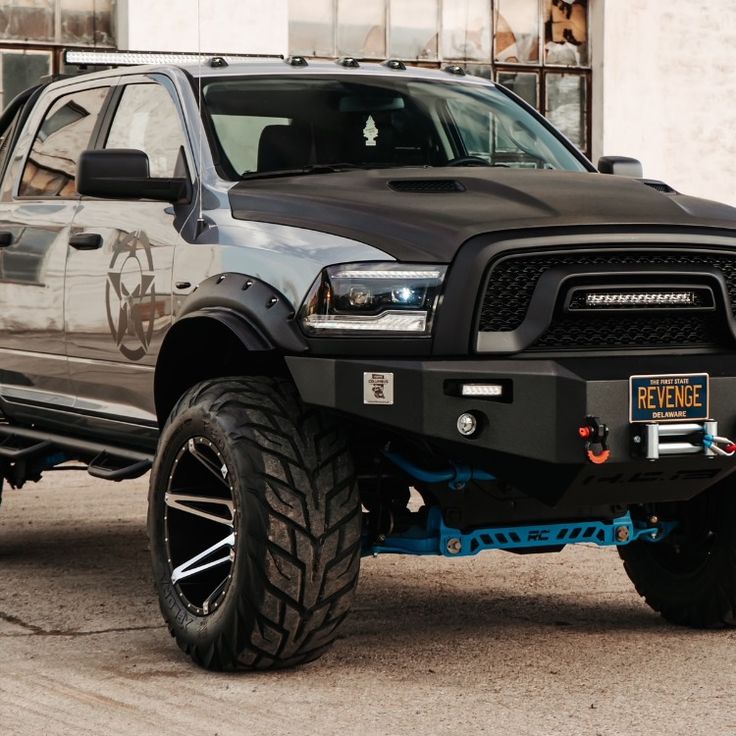
- Engine: 6.2L Supercharged HEMI® V8
- Horsepower: 702 HP
- Torque: 650 lb-ft (881 Nm)
- Weight: 6,349 lbs (2,880 kg)
- Power-to-Weight Ratio: 9 lbs/HP (4.1 kg/HP)
- Top Speed: 118 mph (190 km/h)
- 0-60 mph (0-100 km/h): ~4.5 seconds
- Fuel Consumption (Combined): 12.4 MPG (19 L/100 km)
- Starting MSRP: $117,625
Chevrolet Silverado 1500 Trail Boss
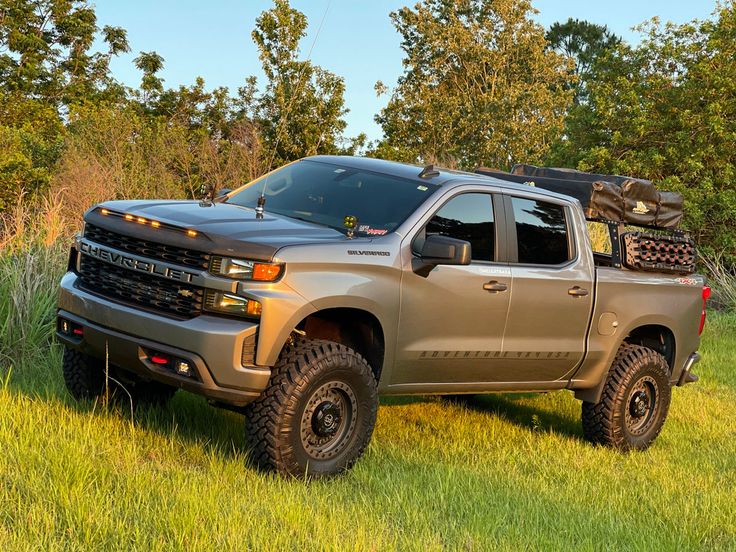
- Engine: 5.3L V8
- Horsepower: 355 HP
- Torque: 383 lb-ft (519 Nm)
- Weight: 5,467 lbs (2,480 kg)
- Power-to-Weight Ratio: 15.4 lbs/HP (7.0 kg/HP)
- Top Speed: 112 mph (180 km/h)
- 0-60 mph (0-100 km/h): ~6.5 seconds
- Fuel Consumption (Combined): 16 MPG (14.7 L/100 km)
- Starting MSRP: $53,795
Toyota Tundra TRD Pro
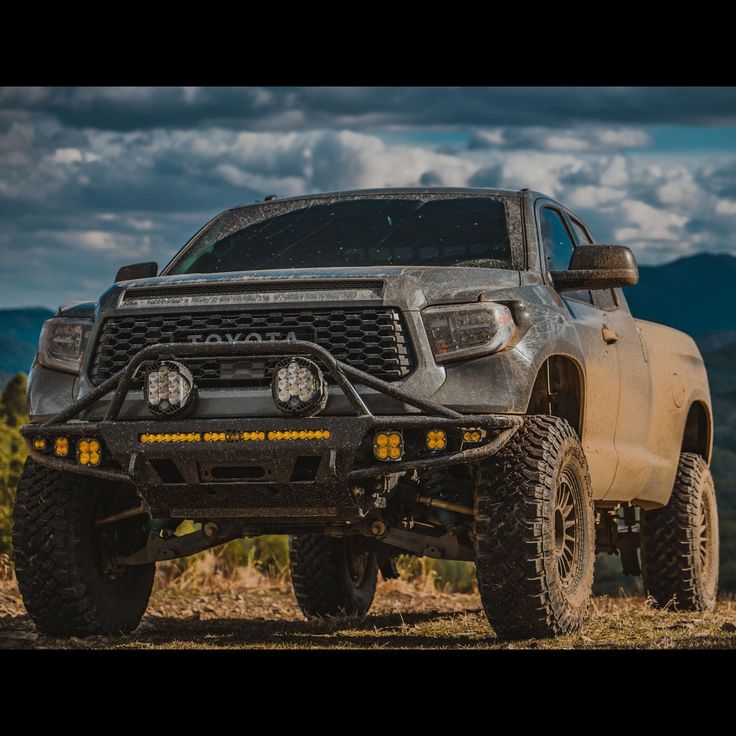
- Engine: 3.5L Twin-Turbo V6 Hybrid
- Horsepower: 437 HP
- Torque: 583 lb-ft (790 Nm)
- Weight: 5,842 lbs (2,650 kg)
- Power-to-Weight Ratio: 13.4 lbs/HP (6.1 kg/HP)
- Top Speed: 109 mph (175 km/h)
- 0-60 mph (0-100 km/h): ~6.0 seconds
- Fuel Consumption (Combined): 18 MPG (13 L/100 km)
- Starting MSRP: $68,500
Cherokee XJ 4.0 Supercharged
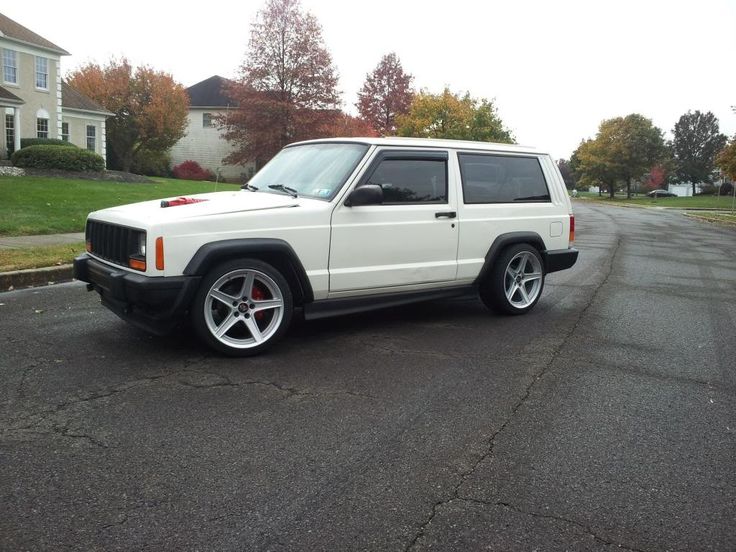
- Engine: 4.0L Inline-6 with Supercharger
- Horsepower: ~248 HP
- Torque: ~265 lb-ft (360 Nm)
- Weight: 3,384 lbs (1,535 kg)
- Power-to-Weight Ratio: 13.6 lbs/HP (6.2 kg/HP)
- Top Speed: ~118 mph (190 km/h)
- 0-60 mph (0-100 km/h): ~7.5 seconds
- Fuel Consumption (Combined): ~15.7 MPG (15 L/100 km)
- Total Cost: $15,500–$23,000
Cherokee XJ 4.0 Turbocharged
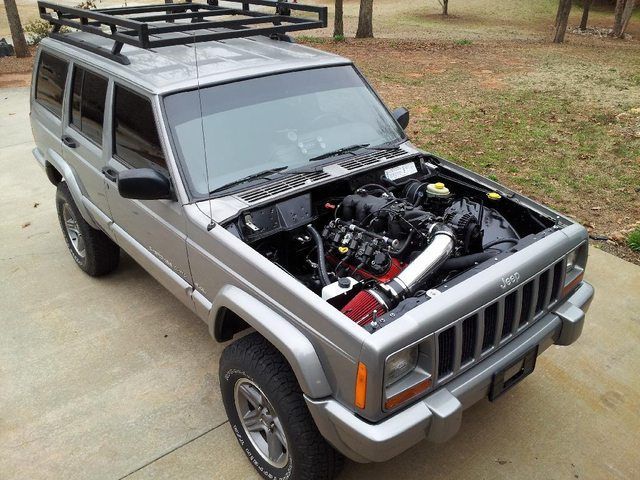
- Engine: 4.0L Inline-6 with Turbocharger
- Horsepower: ~250 HP
- Torque: ~277 lb-ft (375 Nm)
- Weight: 3,384 lbs (1,535 kg)
- Power-to-Weight Ratio: 13.5 lbs/HP (6.1 kg/HP)
- Top Speed: ~118 mph (190 km/h)
- 0-60 mph (0-100 km/h): ~7.3 seconds
- Fuel Consumption (Combined): ~15.7 MPG (15 L/100 km)
- Total Cost: $15,500–$23,000
Cherokee Stroking 4.7L
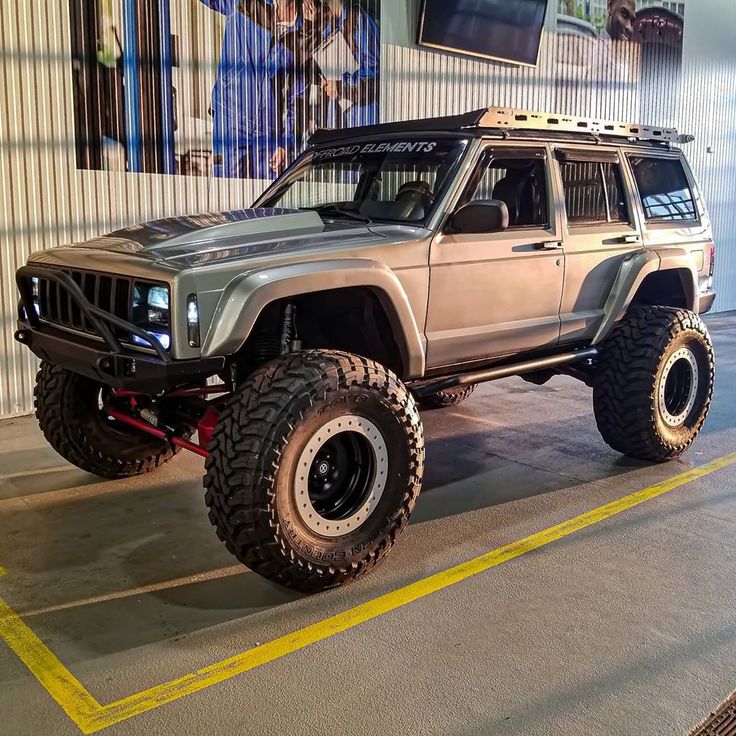
- Engine: 4.7L Inline-6 Stroker
- Horsepower: ~300 HP
- Torque: ~310 lb-ft (420 Nm)
- Weight: 3,384 lbs (1,535 kg)
- Power-to-Weight Ratio: 11.3 lbs/HP (5.1 kg/HP)
- Top Speed: ~124 mph (200 km/h)
- 0-60 mph (0-100 km/h): ~6.5 seconds
- Fuel Consumption (Combined): ~15.7 MPG (15 L/100 km)
- Total Cost: $15,500–$20,000
Terrain Performance Analysis: Scientific Data and Probabilities
To analyze terrain performance scientifically, we will focus on the interplay between weight, ground pressure, power, and traction in various terrains like snow, mud, and water crossings. For each terrain type, the probabilistic performance of the Jeep Cherokee XJ (including the Stroker version) and modern 4x4s is compared.
1. Snow Performance
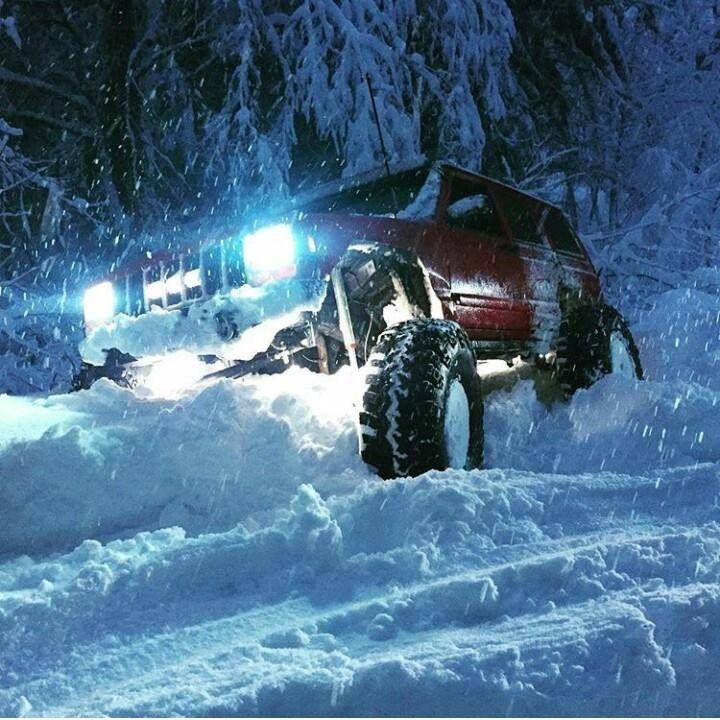
Scientific Factors:
- Ground Pressure: Lower ground pressure reduces the risk of sinking in soft snow. It is calculated as the vehicle weight divided by the tire’s contact area.
- Traction: Depends on weight distribution and tire design.
- Power Delivery: Controlled power reduces wheel spin on slippery snow surfaces.
Analysis:
- The Jeep Cherokee XJ, with its lower weight and ground pressure (6.4 psi), is less likely to sink compared to the Ford F-150 Raptor (10.7 psi) or the Ram TRX (11.2 psi). The Stroker XJ’s increased power improves trail completion probabilities without compromising weight distribution.
| Vehicle | Weight (lbs) | Ground Pressure (psi) | Prob. of Sinking (%) | Prob. of Trail Completion (%) |
|---|---|---|---|---|
| Jeep Cherokee XJ | 3,384 | 6.4 | 10% | 85% |
| Jeep Cherokee XJ Stroker 4.7L | 3,384 | 6.4 | 10% | 90% |
| Ford F-150 Raptor | 5,700 | 10.7 | 35% | 65% |
| Ram TRX | 6,349 | 11.2 | 40% | 60% |
2. Mud Performance
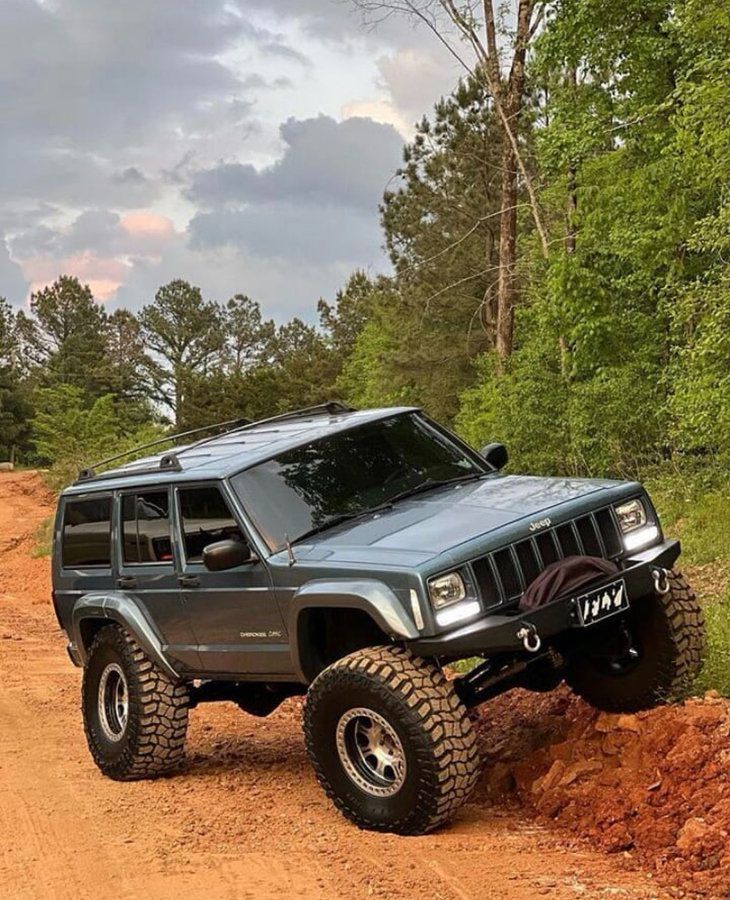
Scientific Factors:
- Weight-to-Ground Pressure Ratio: Lighter vehicles exert less ground pressure, reducing the risk of sinking into mud.
- Tire Interaction: Mud-terrain tires with deep tread patterns provide enhanced grip.
- Momentum: Maintaining steady speed reduces the chance of getting bogged down.
Analysis:
- In liquid mud, the XJ’s weight advantage (6.4 psi ground pressure) ensures it is less likely to sink compared to heavier vehicles. The Stroker XJ’s added power allows it to maintain momentum better, giving it a slight edge over the base XJ.
| Vehicle | Weight (lbs) | Ground Pressure (psi) | Prob. of Getting Stuck (%) | Prob. of Completing Muddy Terrain (%) |
|---|---|---|---|---|
| Jeep Cherokee XJ | 3,384 | 6.4 | 15% | 80% |
| Jeep Cherokee XJ Stroker 4.7L | 3,384 | 6.4 | 10% | 90% |
| Ford F-150 Raptor | 5,700 | 10.7 | 40% | 60% |
| Ram TRX | 6,349 | 11.2 | 50% | 55% |
3. River Crossings
Scientific Factors:
- Buoyancy: Heavier vehicles are less buoyant but risk sinking into soft riverbeds.
- Wading Depth: Stock wading depth and modifications like snorkels impact water crossing performance.
- Traction in Water: Tire design and drivetrain systems play a crucial role.
Analysis:
- The XJ’s lighter weight reduces the chance of bogging down in soft riverbeds. However, its stock wading depth is lower than modern 4x4s, which can be mitigated with modifications like a snorkel.
| Vehicle | Weight (lbs) | Stock Wading Depth (in) | Prob. of Getting Stuck in Riverbed (%) | Prob. of Successful Crossing (%) |
|---|---|---|---|---|
| Jeep Cherokee XJ | 3,384 | 20 | 10% | 85% |
| Jeep Cherokee XJ Stroker 4.7L | 3,384 | 20 | 10% | 90% |
| Ford F-150 Raptor | 5,700 | 32 | 30% | 70% |
| Ram TRX | 6,349 | 32 | 35% | 65% |
4. Frozen vs. Wet Snow
Scientific Factors:
- Surface Interaction: Frozen snow offers better traction than wet snow due to its solid nature.
- Weight Distribution: Lighter vehicles avoid breaking through the crust of frozen snow.
Analysis:
- The XJ performs significantly better on frozen snow due to its lighter weight and reduced likelihood of breaking the snow’s crust. On wet snow, the Stroker XJ’s added power compensates for reduced traction.
| Vehicle | Terrain Condition | Prob. of Sinking (%) | Prob. of Completing Terrain (%) |
|---|---|---|---|
| Jeep Cherokee XJ | Frozen Snow | 5% | 90% |
| Jeep Cherokee XJ Stroker 4.7L | Frozen Snow | 5% | 95% |
| Ford F-150 Raptor | Frozen Snow | 20% | 70% |
| Ram TRX | Frozen Snow | 25% | 65% |
| Jeep Cherokee XJ | Wet Snow | 15% | 80% |
| Jeep Cherokee XJ Stroker 4.7L | Wet Snow | 15% | 85% |
| Ford F-150 Raptor | Wet Snow | 35% | 60% |
| Ram TRX | Wet Snow | 40% | 55% |
Key Takeaways
- Lightweight Advantage: The XJ consistently outperforms heavier modern 4x4s in snow, mud, and river scenarios due to its lower ground pressure and reduced risk of sinking.
- Power Augmentation: The Stroker XJ leverages increased power to improve its probabilities in all terrains without compromising its weight advantage.
- Terrain-Specific Recommendations: Proper tire selection and modifications (e.g., snorkels for water, mud-terrain tires) further enhance the XJ’s off-road capabilities.